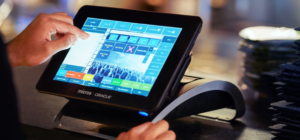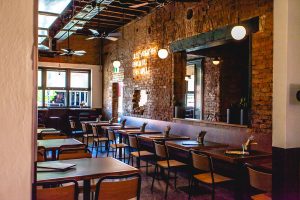Unlock Your Airbnb’s Earning Potential: How to Price your AirBnb
Airbnb has revolutionised the vacation rental market. It allows homeowners to monetise their properties and provides budget-conscious travelers with a unique experience. However, with so many vacation rentals available on the platform, it can be challenging to stand out from the crowd. One of the essential factors that can make or break an Airbnb property is pricing. A well-priced rental can attract more bookings and maximize your earnings. In contrast, an overpriced listing may lead to fewer reservations and potentially negative reviews. Therefore, it’s critical to learn how to price your Airbnb property correctly.
When pricing your Airbnb property, the goal should be to find the sweet spot that maximizes occupancy while generating a healthy profit. However, determining the perfect price can be a complicated process. You’ll need to consider various factors, including your property’s location, size, amenities, and demand. Additionally, you’ll need to research your competition to see what similar listings are charging. Fortunately, there are several tools available to help you determine the optimal pricing strategy within our Airbnb Hosting Course.
Another essential aspect to consider is seasonality. Prices can fluctuate significantly depending on the time of year, local events, or holidays. For example, if you have a beach house, you can charge a premium during the summer months when demand is higher. Conversely, if you have a ski chalet, you may need to lower your rates during the off-season when fewer people are looking to hit the slopes. Flexibility in pricing is crucial to maximize your revenue throughout the year.
The Ultimate Guide to Pricing Your Airbnb Property
Here is a step-by-step Airbnb Management guide that will help you price your Airbnb property effectively:
- Start by researching your local market: Look at similar properties in your area to see how much they are charging. Check for comparable amenities, location, and size. This will give you a baseline to work from.
- Consider the seasonality of your area: Determine the high and low seasons in your area and adjust your pricing accordingly. You can charge more during peak periods when demand is higher and adjust your rates during the off-season to attract guests.
- Factor in your expenses: Make sure to include all your expenses when calculating your rental rate. This includes your mortgage, insurance, property taxes, utilities, cleaning fees, and any other costs associated with maintaining your property.
- Take note of special events: If there are any significant events in your area, consider adjusting your pricing. For example, if there’s a music festival, conference, or sporting event, you can charge more during these periods.
- Adjust your pricing based on demand: If you’re not getting enough bookings, consider lowering your prices to attract more guests. Alternatively, if your property is in high demand, you can increase your rates to maximize your earnings.
- Use dynamic pricing: Dynamic pricing is a technique that adjusts your rates based on demand. This means that your prices will change automatically based on factors such as seasonality, local events, and supply and demand.
- Test and adjust your pricing strategy: Your pricing strategy is not set in stone. Be open to testing and adjusting your rates until you find the optimal price point that maximizes your earnings.
In conclusion, pricing your Airbnb property can be a daunting task, but it’s crucial to your success. By following these steps and considering all the factors, you can unlock your Airbnb’s earning potential and attract more guests. Remember to stay flexible with your pricing and be open to testing and adjusting your strategy until you find the perfect balance that works for you.






